
COURSE CREDITS & HOURS
14 AMA PRA Category 1 Credits™14 ACPE Credits
14.0 Contact Hours
COURSE FEES
TARGET AUDIENCE
PROGRAM PURPOSE
- Overview of Mass Casualty Incidents (MCI)
- Determine the general factors relevant in an MCI, be familiar with the definition and goals of terrorism, the history of terrorist attacks, and the other most common types of disasters
- Pre-Hospital MCI Management
- Identify priorities (TRIAGE/SORT) of field and early hospital management
- Discuss the function and structure of pre-hospital triage and Incident Command
- Discuss their own management system and together we will determine strategies
- MCI in natural -induced and man-made disasters: Management process
- Discuss the basic principles of how to treat different injuries in a mass casualty situation where you might possibly have 20-50 injured or more in your hospital at the same time
- Analyze the gaps in equipment, personnel, and surge capacity in order to return to hospitals to update personnel
- Non-Conventional Disasters
- Describe anticipated radiological, nuclear, chemical and biological scenarios
- Be familiar with the terms and concepts that are unique to the medical management of mass casualties, including triage, surge capacity, decontamination, and critical mortality
- Ethical Challenges, Dilemmas and PTSD
- Assess methods for psycho-emotional support and care of disaster casualties, their families, and responders
- Consider personal experiences and lessons learned as well as results from longitudinal research studies investigating medical teams in Israel
- Translating COVID-19 pandemic surge to MCI surge
- Apply the lessons learnt from the COVID-19 pandemic and at the cost of millions of lives lost to be better prepared for future pandemics
- Update on LDL-C Management for Cardiovascular Disease Prevention: New toos and new targets in the new era
- Review the approach to ASCVD risk assessment, which is key to matching the intensity of LDL-C lowering therapy with the absolute risk of the patient
- Discuss the recommended patient groups for statin therapy
- Review the mechanism of action for the newer FDA-approved non-statin lipid lowering agents
- Discuss the new 2022 American College of Cardiology (ACC) Expert Decision Pathway, which provides guidance on statin alternatives in patients with ASCVD, including those with Familial Hypercholesterolemia (FH)
- Female specific risk factors that enhance womens cardiovascular risk throughout the lifespan
- Discuss unique cardiovascular risk factors that affect female patients and how to apply them to cardiovascular risk assessment to implement prevention and treatment strategies
- Microvascular angina, coronary microvascular dysfunction and INOCA (ischemia with non-obstructive coronary arteries) from diagnosis to treatment
- Discuss how to diagnosis coronary microvascular dysfunction (microvascular angina) and discuss prevention and treatment strategies
- Review the recommended approach to chest pain in women, and INOCA specifically, as outlined in the 2022 American Heart Association Chest Pain guidelines
- Chronic Kidney Disease and cardiovascular risk: protecting the heart and the kidney
- Evaluate for and monitor CKD in patients with T2D and cardiac disease
- Discuss the 2022 Kidney Disease Improving Global Outcomes (KDIGO) guideline for management of T2D in patients with CKD, with a focus on how to incorporate SGLT2 inhibitors and non-steroidal MRAs into management plans for patients with CKD, T2D, and CVD
- Aspirin and other antiplatelet therapy for cardiovascular disease prevention: a tight rope between preventing vascular events and avoiding bleeding.
- Review the mechanism of action of antiplatelet therapy
- Describe indications for antiplatelet therapy
- Explain risks and benefits of holding or de-escalating therapy
- Discuss how to assess a patient for the balance between managing ischemic risk and reducing risk for bleeding
- Obesity Management for Reducing Cardiovascular Risk
- Review the cardiovascular risks associated with obesity
- Summarize the benefits and challenges associated with lifestyle, bariatric, and historical pharmacologic interventions in the treatment of obesity, before focusing on the available evidence for the newer glucagon-like peptide-1 receptor agonist (GLP-1 RA) medications in the management of obesity and potential implications for reducing CVD risk
- Recent Updates in Hypertriglyceridemia Management for Cardiovascular Disease Prevention
- Discuss lifestyle approaches to managing hypertriglyceridemia
- Discuss elevated triglycerides as a risk enhancing factor that would favor initiation of statin treatment
- Discuss the trials investigating fibrate therapy and omega-3 fatty acid therapy for ASCVD prevention in persons with hyperglyceridemia
- Discuss current cardiology consensus recommendations for management of ASCVD risk reduction in patients with persistent hypertriglyceridemia, which endorse the use of IPE in statin-treated patients at high cardiovascular risk who have triglycerides >135 mg/dL



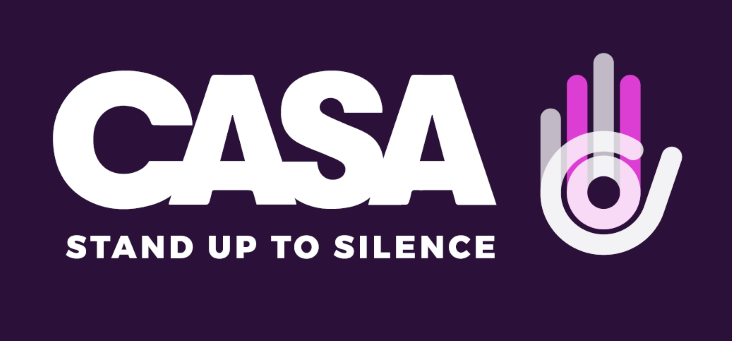





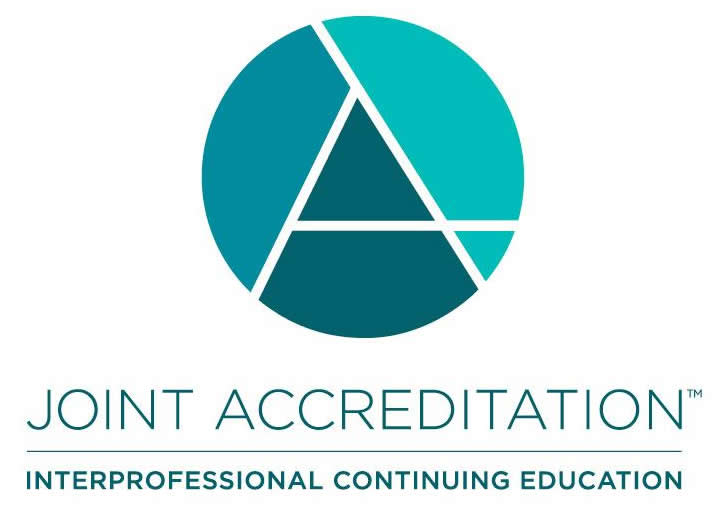
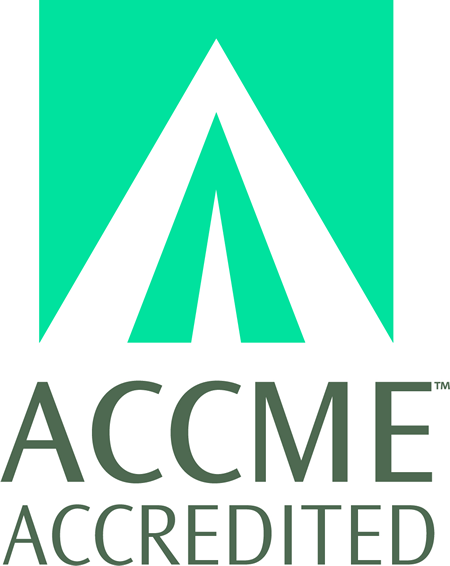
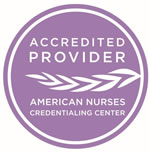
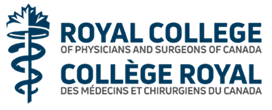



























![The courtyard at in[n]Athens hotel. Guest room balconies overlook the serene space.](../images/Hotels/ht-innathens-1.webp)
![The check-in desk at in[n]Athens hotel. A staff member in a purple shirt works at a computer while he waits for the next guest to arrive.](../images/Hotels/ht-innathens-2.webp)
![Room service being delivered to a guest room at in[n]Athens hotel. A staff member in a beige shirt carries an open faced sandwich with prosciutto, lettuce, tomato, and a balsamic vinaigrette drizzle.](../images/Hotels/ht-innathens-3.webp)
![A common seating area at in[n]Athens hotel. Stools surround several tables, with bookshelves covered in trinkets built into the walls.](../images/Hotels/ht-innathens-4.webp)
![A lemon tree growing at the center of the courtyard at in[n]Athens hotel.](../images/Hotels/ht-innathens-5.webp)
![The view of the front of in[n]Athens hotel from across the street.](../images/Hotels/ht-innathens-6.webp)
![A guest room at in[n]Athens hotel featuring a large bed, a sofa, and a sliding door leading to the bathroom.](../images/Hotels/ht-innathens-7.webp)
![A guest room at in[n]Athens hotel featuring two twin beds and a window with a view of a historic church.](../images/Hotels/ht-innathens-8.webp)
![A guest bathroom at in[n]Athens hotel sporting a modern design and a small succulent plant.](../images/Hotels/ht-innathens-9.webp)























